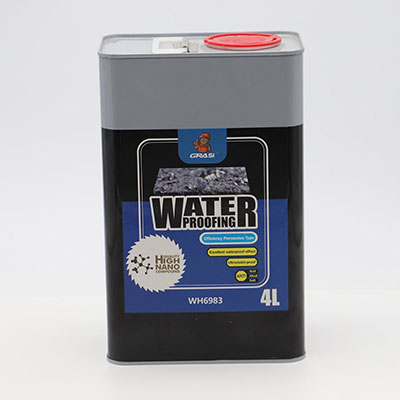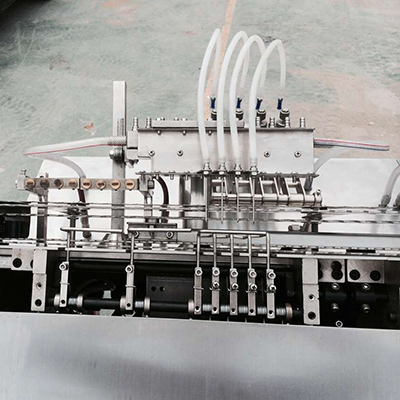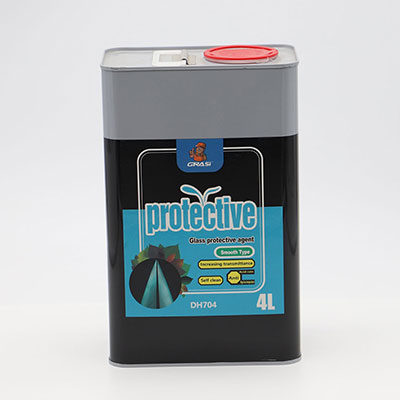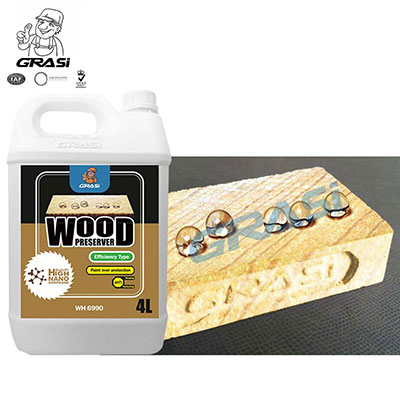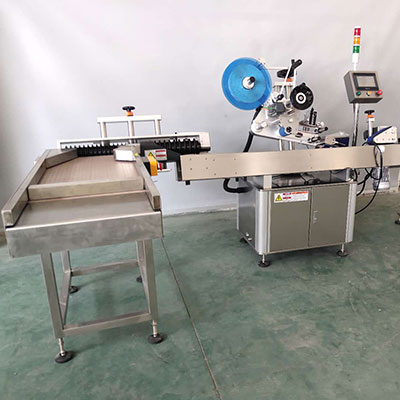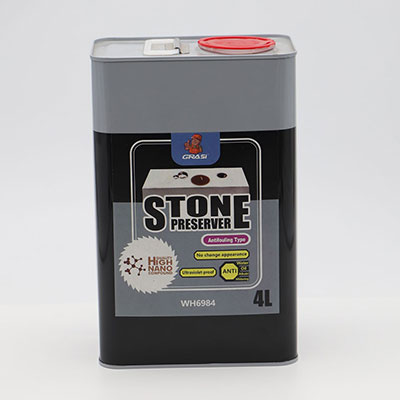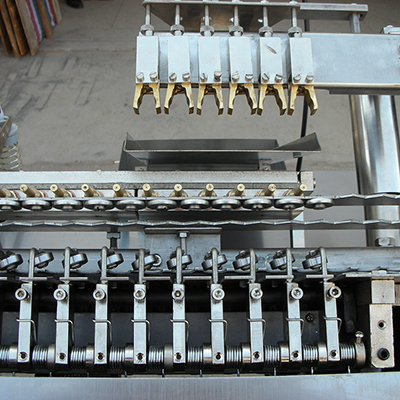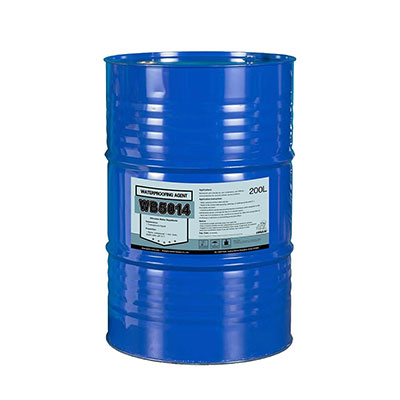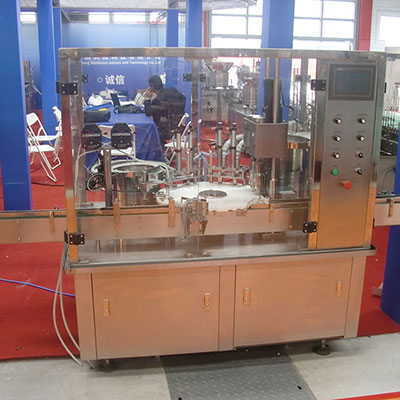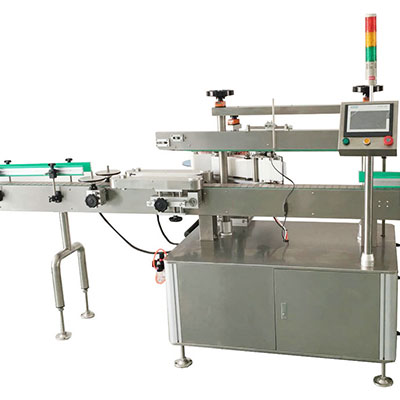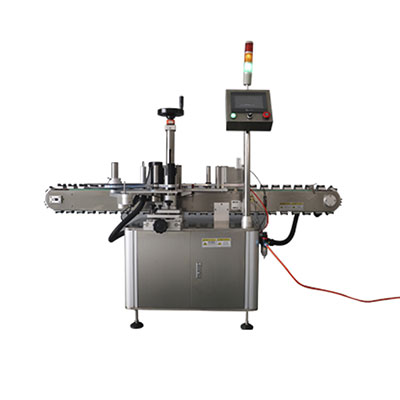Fouling Resistant Reverse Osmosis Membrane Element
The FR series RO membrane elements are commonly used in ultrapure water production, seawater desalination, medical and food processing. However, the reverse osmosis membrane's performance in seawater desalination and purification systems is often significantly reduced due to fouling and contamination. To address this, a fouling resistant reverse osmosis membrane was developed using a special membrane sheet during the manufacturing process. This particular RO membrane type features an improved hydrophilicity, permeability and fouling resistance due to the use of a membrane surface modified technology. This surface modified technology effectively reduces the breeding of biofouling and adsorption of pollutants in the membrane surface. The RO element is designed with a special 34 mil spacer design, which effectively reduces fouling and pressure drops, greatly enhancing the membrane longevity.
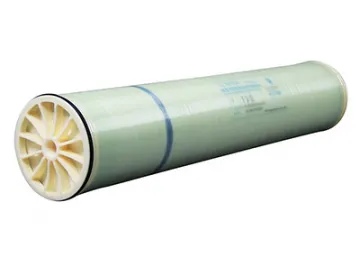
The PURO series is an upgraded fouling resistant RO element. Based on the FR series, the polymerization of aromatic polyamides degree and the separation layer thickness are increased. A special 34 mil feeding channel design is also used, further improving the rejection rate, reducing pressure drops and enhancing the element firmness during cleaning.
The PURO-LE series is an energy-saving fouling resistant RO element. Under the same conditions, the operating pressure is reduced by more than 25% to save energy without sacrificing performance.
Applications
The FR series and PURO series of fouling resistant membranes are normally suitable for treatment of complex raw water with a TDS of less than 10000 ppm. It is mainly used for purification of surface water, mining wastewater, municipal reclaimed water, industrial wastewater, RO brackish water, and more.
Fouling Resistance RO MembraneModel: PURO
Active Membrane Area ft2(m2):400(37.2)
Permeate Flow Rate GPD (m3/d): 10500(39.7)
Stabilized Rejection Rate (%): 99.8
Model: PURO-I
Active Membrane Area ft2(m2):400(37.2)
Permeate Flow Rate GPD (m3/d): 10500(39.7)
Stabilized Rejection Rate (%): 99.75
Model: PURO-LE
Active Membrane Area ft2(m2):400(37.2)
Permeate Flow Rate GPD (m3/d): 10000(37.8)
Stabilized Rejection Rate (%): 99.6
Model: FR12-8040
Active Membrane Area ft2(m2):400(37.2)
Permeate Flow Rate GPD (m3/d): 10500(39.7)
Stabilized Rejection Rate (%): 99.5
Model: FR11-4040
Active Membrane Area ft2(m2):90(8.4)
Permeate Flow Rate GPD (m3/d): 2200(8.3)
Stabilized Rejection Rate (%): 99.5
| Model | Active Membrane Area ft2(m2) | Permeate Flow Rate GPD(m3/d) | Stabilized Rejection Rate % |
| PURO | 400 (37.2) | 10500 (39.7) | 99.8 |
| PURO-I | 400 (37.2) | 10500 (39.7) | 99.75 |
| PURO-LE | 400 (37.2) | 10000 (37.8) | 99.6 |
| FR12-8040 | 400 (37.2) | 10500 (39.7) | 99.5 |
| FR11-4040 | 90 (8.4) | 2200 (8.3) | 99.5 |
The FR series RO membrane elements are commonly used in ultrapure water production, seawater desalination, medical and food processing. However, the reverse osmosis membrane's performance in seawater desalination and purification systems is often significantly reduced due to fouling and contamination. To address this, a fouling resistant reverse osmosis membrane was developed using a special membrane sheet during the manufacturing process. This particular RO membrane type features an improved hydrophilicity, permeability and fouling resistance due to the use of a membrane surface modified technology. This surface modified technology effectively reduces the breeding of biofouling and adsorption of pollutants in the membrane surface. The RO element is designed with a special 34 mil spacer design, which effectively reduces fouling and pressure drops, greatly enhancing the membrane longevity.

The PURO series is an upgraded fouling resistant RO element. Based on the FR series, the polymerization of aromatic polyamides degree and the separation layer thickness are increased. A special 34 mil feeding channel design is also used, further improving the rejection rate, reducing pressure drops and enhancing the element firmness during cleaning.
The PURO-LE series is an energy-saving fouling resistant RO element. Under the same conditions, the operating pressure is reduced by more than 25% to save energy without sacrificing performance.
Links:https://globefindpro.com/products/9692.html
-
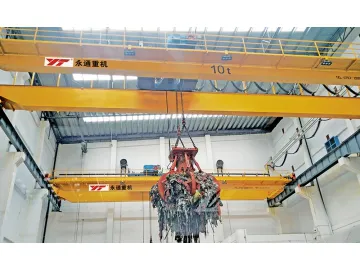 Automatic Overhead Crane
Automatic Overhead Crane
-
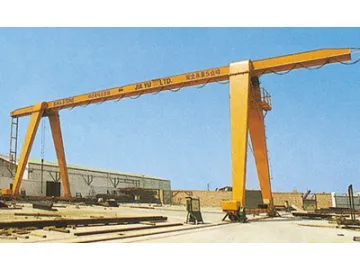 Gantry crane
Gantry crane
-
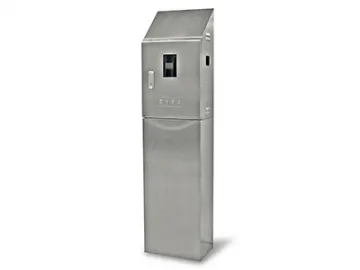 Pole Mount Metal Enclosure
Pole Mount Metal Enclosure
-
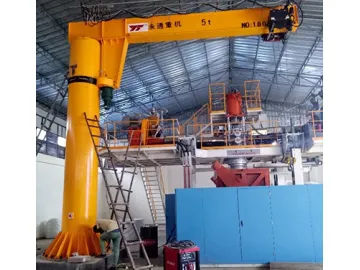 Jib Crane
Jib Crane
-
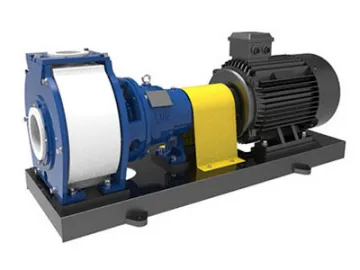 CFZB-L Series Centrifugal Pumps
CFZB-L Series Centrifugal Pumps
-
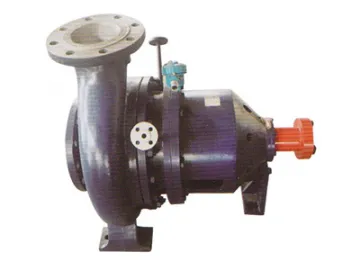 MCZ-G Series Magnetic Drive Pumps
MCZ-G Series Magnetic Drive Pumps
-
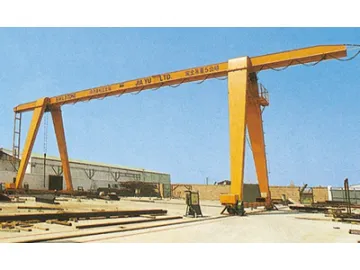 Gantry Crane
Gantry Crane
-
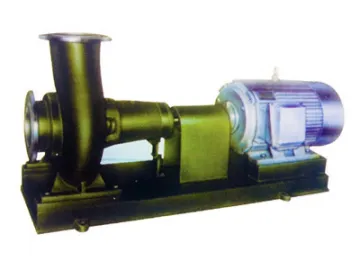 IHG-F Series Centrifugal Pumps
IHG-F Series Centrifugal Pumps
-
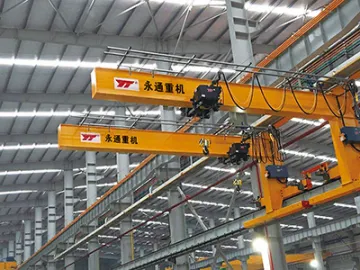 Jib Crane
Jib Crane
-
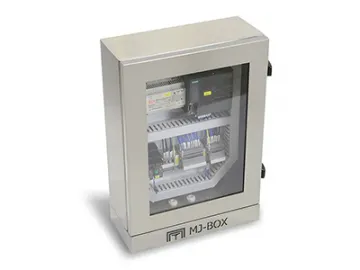 Complete Set of Stainless Steel 316 Industrial Automation Equipment Box
Complete Set of Stainless Steel 316 Industrial Automation Equipment Box
-
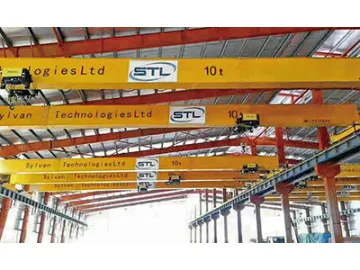 Single Girder Overhead Crane
Single Girder Overhead Crane
-
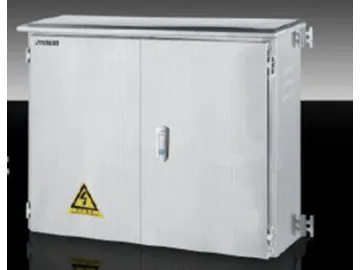 Wall Mounted Enclosures with Double Door, Stainless Steel Electrical Enclosure, Continuous Hinge, IP66
Wall Mounted Enclosures with Double Door, Stainless Steel Electrical Enclosure, Continuous Hinge, IP66
